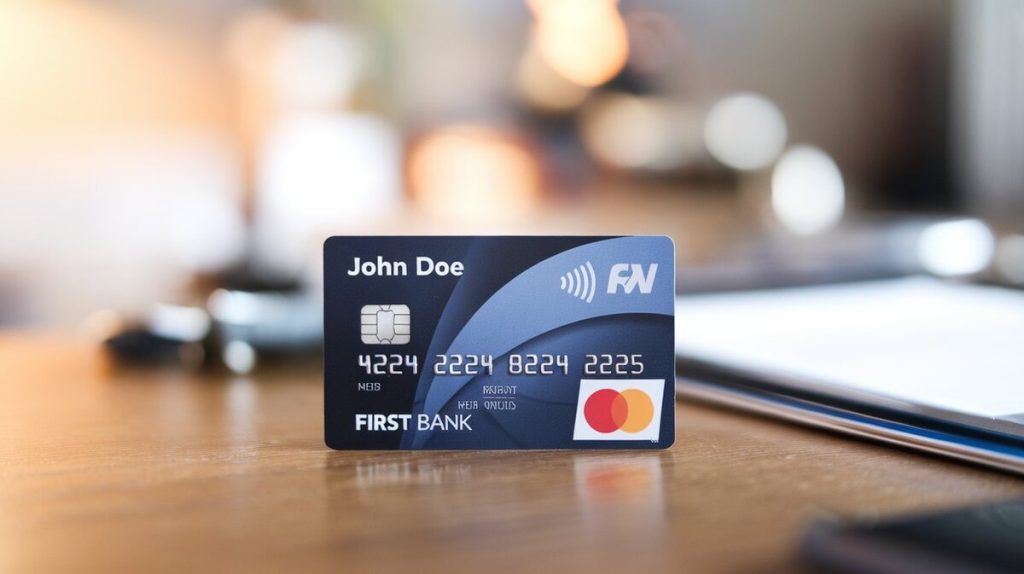A merchant descriptor is the short text on a customer’s bank or credit card statement that helps identify a transaction. Though small, it plays a crucial role in preventing chargebacks by ensuring customers can recognize their purchases. Unclear or vague descriptors lead to disputes, resulting in time-consuming and costly chargebacks.
Types of Merchant Descriptors
Static Descriptors
Static descriptors do not change across transactions. They are suitable for businesses with repetitive transactions, such as subscriptions or single-product businesses. The descriptor typically includes the business name and location.
Dynamic Descriptors
Dynamic descriptors allow customization of the descriptor to reflect the specific product or service sold. This flexibility is crucial for companies offering a wide variety of products or services, such as eCommerce platforms. For example, “Shop-Item123” helps customers recall the exact purchase.
Soft and Hard Descriptors
- Soft descriptors are temporary and appear during the transaction authorization phase.
- Hard descriptors replace soft descriptors once the transaction is settled, showing final amounts and more detailed information.
Best Practices for Effective Merchant Descriptors
Clarity and Consistency
A clear, recognizable business name is crucial. Customers should immediately connect the descriptor with the purchase. Avoid abbreviations that may confuse customers.
Include Contact Information
A phone number or website URL in the descriptor allows customers to resolve confusion directly with the business instead of filing a dispute. This prevents unnecessary chargebacks.
Use Dynamic Descriptors
Dynamic descriptors are particularly effective for businesses selling various products or services. By specifying the product or service in the descriptor, businesses can reduce confusion.
Test Descriptors Across Banks
Regular testing ensures that descriptors appear clearly on different bank statements. Feedback from customers can help refine descriptors to be as clear as possible.

Impact of Merchant Descriptors on Chargebacks
A significant number of chargebacks stem from customers failing to recognize transactions. According to Mastercard, 86% of chargebacks are initiated by cardholders who did not recognize a transaction. This issue can be mitigated by using accurate descriptors.
Real-World Data
Stripe.com found that businesses using clear descriptors saw a 12% reduction in chargebacks over six months. This reduction comes directly from improved customer recognition.
Table 1: Chargeback Causes Linked to Merchant Descriptors
| Cause | Percentage of Chargebacks | Example |
|---|---|---|
| Unrecognized Transaction | 43% | Ambiguous business name |
| Unauthorized Transaction Claim | 35% | No contact info |
| Friendly Fraud | 15% | Confusion due to vague descriptor |
| Other | 7% | – |
Reducing Chargebacks Through Clear Descriptors
Poorly crafted descriptors often result in friendly fraud, where customers file chargebacks for legitimate transactions they don’t recognize. In 2023, an estimated 30% of chargebacks were tied to unclear descriptors (Visa report).
Partnering for Chargeback Prevention
To reduce chargebacks, consider working with established payment solutions. Merchanto.org, an official partner of Visa and Mastercard in the chargeback prevention sector, helps businesses optimize descriptors and streamline payment processes. Learn more about their services here.
Best Practices for Chargeback Prevention
Consistent Descriptors
Consistency is key. Whether in physical stores or online, using the same descriptors builds recognition and trust. Stripe.com recommends consistency to reduce disputes.
Educate Customers at Checkout
Notify customers of the descriptor at checkout or on receipts. For instance, “Your statement will show ‘StoreName-ProductName'” reinforces recognition.
Use Recurring Billing Descriptors
For subscription services, use descriptors that reflect the recurring nature of charges, like “YourCompany-Monthly.”
Table 2: Comparison of Descriptor Types
| Descriptor Type | Chargeback Risk Level | Use Case Examples | Best Practices |
|---|---|---|---|
| Static Descriptors | Medium | Subscription services | Recognizable business name |
| Dynamic Descriptors | Low | eCommerce, multiple products | Include product details |
| Soft Descriptors | Medium | Pending transactions | Clarify temporary nature |
| Hard Descriptors | Low | Finalized transactions | Ensure transaction details |

Recurring Billing and Dynamic Descriptors
Recurring billing systems must have clear and accurate descriptors to avoid disputes over repeated charges. For example, “ServiceName-MonthlySub” explicitly indicates a recurring charge. Unclear descriptors, such as just “ServiceName,” could lead to disputes from customers not recognizing the recurring nature of the transaction.
Dynamic descriptors also work well in scenarios with multiple products or services. For instance, an eCommerce platform that sells clothing, electronics, and accessories can use dynamic descriptors to specify the type of item purchased.
Reducing Chargebacks in eCommerce
Ecommerce platforms must leverage dynamic descriptors effectively. Consider an online marketplace where customers might place multiple orders in a short time. A descriptor like “Shop-Order123” differentiates each transaction and avoids confusion.
Table 3: Cost of Chargebacks Due to Poor Descriptors
| Industry | Average Chargeback Rate | Cost per Chargeback | Annual Chargeback Loss (Global) |
|---|---|---|---|
| eCommerce | 1.9% | $35 | $4 billion |
| Subscription Services | 1.2% | $20 | $2 billion |
| Travel and Hospitality | 2.5% | $50 | $6 billion |
Testing and Monitoring Descriptors
Testing descriptors across various banks and credit card issuers ensures clarity and consistency. Regular monitoring of chargebacks helps to identify any weaknesses in descriptor clarity.
Minimizing Confusion in Recurring Billing
For subscription-based businesses, ensuring the descriptor reflects the ongoing nature of charges can minimize disputes. A descriptor such as “YourService-Monthly” clearly indicates the nature of the charge, reducing confusion.
Educating Customers
Educating customers at checkout or on receipts about what the descriptor will look like helps reinforce recognition. A simple message like, “Your statement will show ‘ServiceName-Monthly,'” prevents confusion.
Conclusion
Merchant descriptors are an essential part of the payment process, directly affecting customer recognition and chargeback rates. A clear, consistent descriptor helps avoid disputes, maintains customer trust, and reduces operational costs. Optimizing descriptors through dynamic content and clear contact information can significantly lower chargeback rates.



